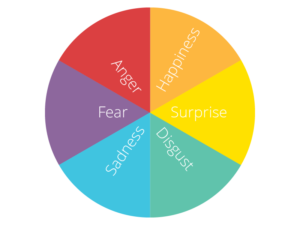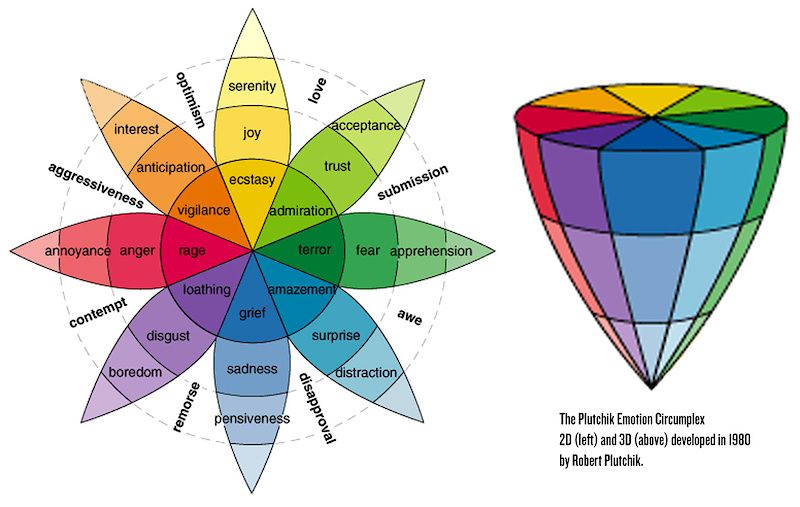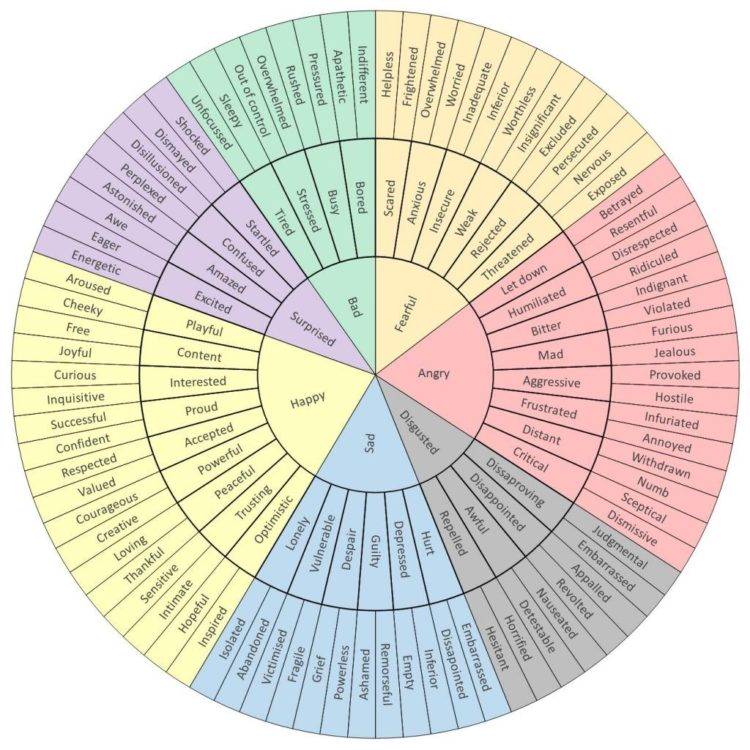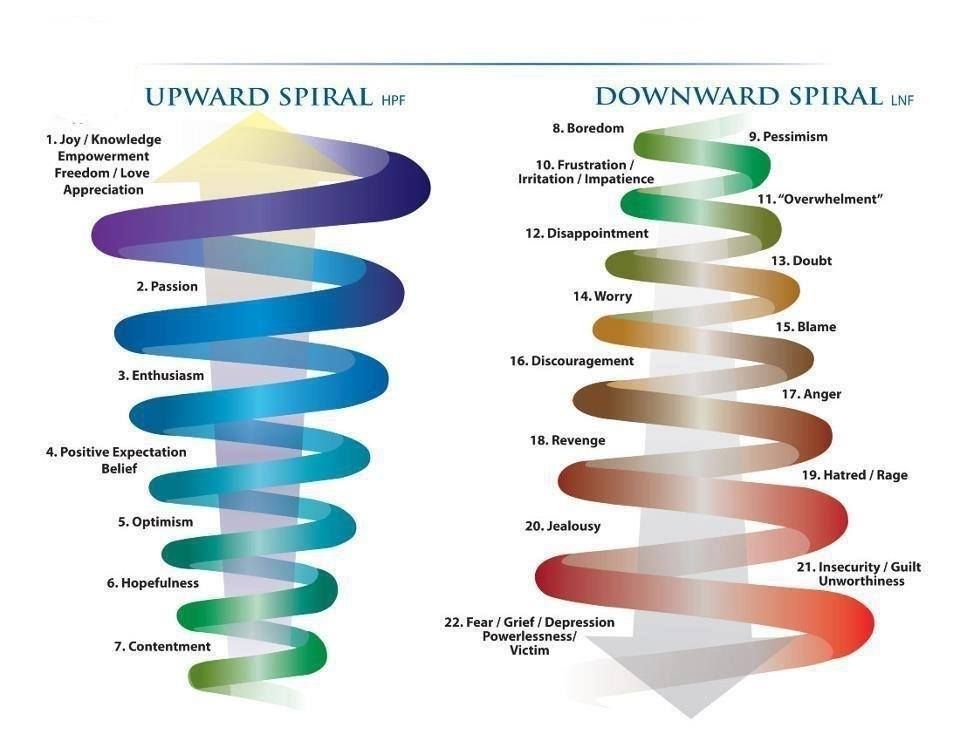As mentioned, there are similarities between the IP emotional integration (IPEI) and the Emotional Intelligence (EI) approach yet there is also a fundamental difference. I explain here further.
What is the same for both is the development of the capability to recognize one’s own emotions and those of others and to discern between different feelings. EI places more emphasis on the labeling of emotions than IPEI does, although it is recognized as sometimes useful and therefore practiced when relevant. EI emphasizes labeling because they aim for mental control over and management of emotions which are not the same objectives as integration, although it may look similar and sometimes lead to similar behavioral results.
Another aspect that is the same for both is to use the information and the driving force of emotions. Where both approaches differ is how the information is used and from which place the emotion is managed. EI seeks to manage the emotion from the strategic mind and IPEI seeks to integrate the emotion with the wisdom of the Higher Self.
The elements of emotional fitness are …
- To become as quickly aware of our emotions as we can
- To admit we have an emotion
- Give space to the emotion, welcome it
- Allowing the emotion to flow
- Experiencing the emotion in the body
- Along with the welcoming of the emotion, trying to name it if accessible, but don’t become analytical about it
- Express the emotion non-violently if liberating
People who are initiated in other elements of integral presence can enhance their emotional fitness by including centering and grounding (IP-2), opening and strengthening their central channel (IP-12), breathing into, liberating and strengthening their 2nd, 4th and 6th subtle energy bodies (IP-10) which strengthen, free and uplift the emotional container we can psychologically hold for ourselves and others.
When certain emotions are severely blocked or painfully overwhelming, we need to do emotional process work in order to transform the painful condition into a liberating and empowering experience.
The following models can support emotional fitness. Having a look at them helps us increase the acceptance of emotions as part of our humanity. Accepting that we all have them, can help our self-acceptance in having them. They can help us familiarize with different types and ranges of emotion. There are basic emotions, secondary emotions, social emotions, …
The models help us to maintain our vocabulary and this vocabulary helps us the label our emotions easier and quicker. And the ability to name them often increases our ability to identify them and become aware of them. The attentive reader will notice that in the more complex models not all words describe emotions, but a few of them describe thoughts or defenses. The person knowledgable in non-violent communication will have a clear discernment between emotions and thoughts, and the person knowledgable in psycho-spiritual integration will distinctly recognize a defense from an emotion.




